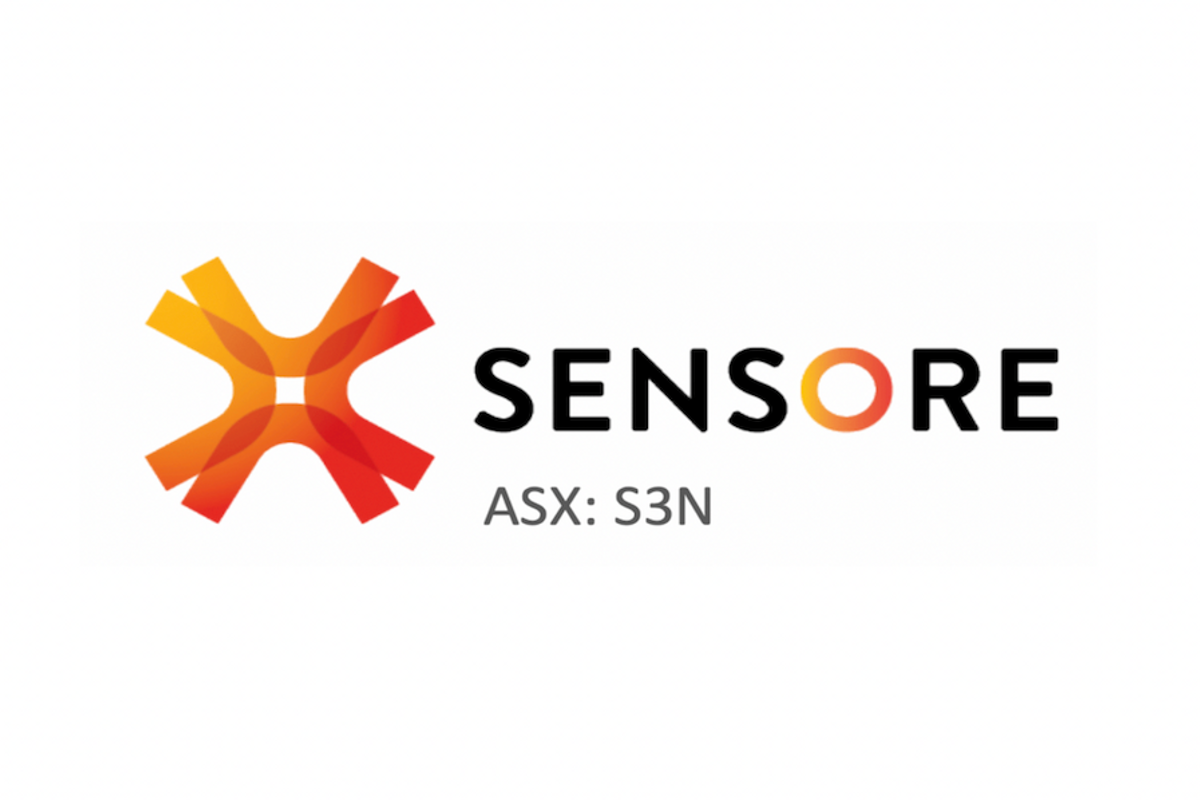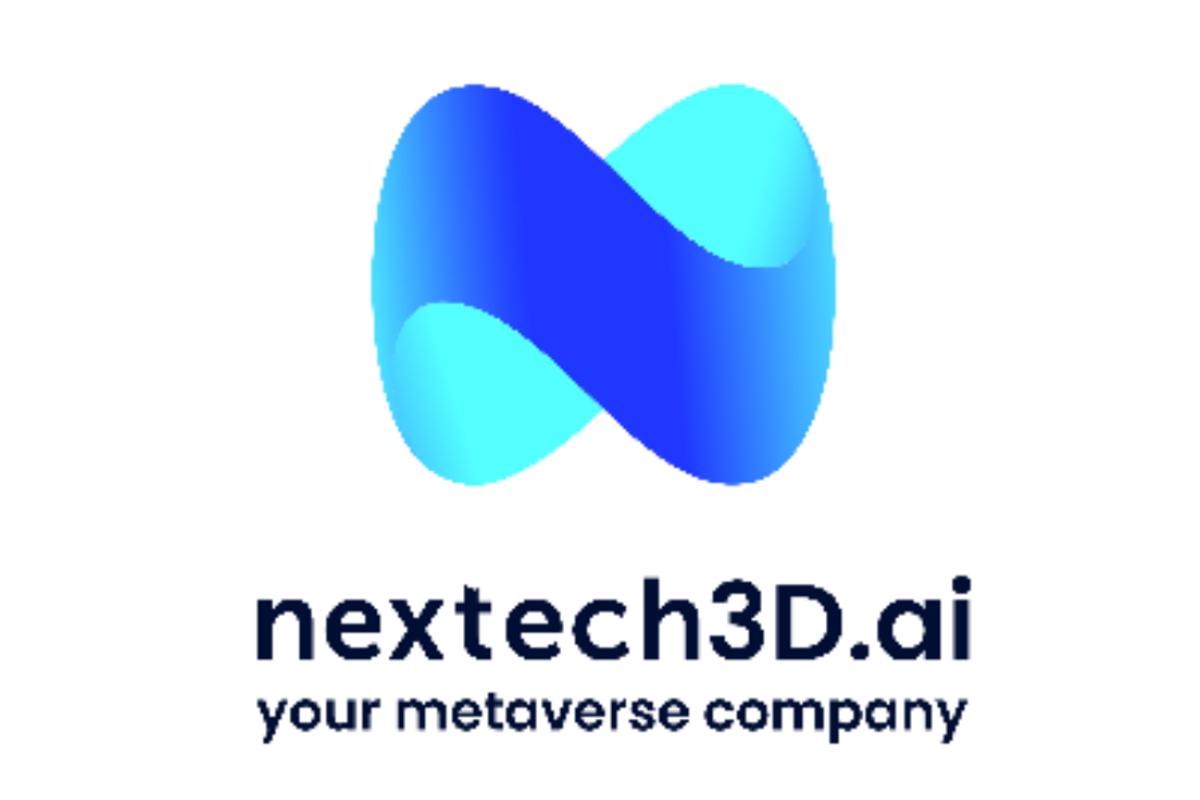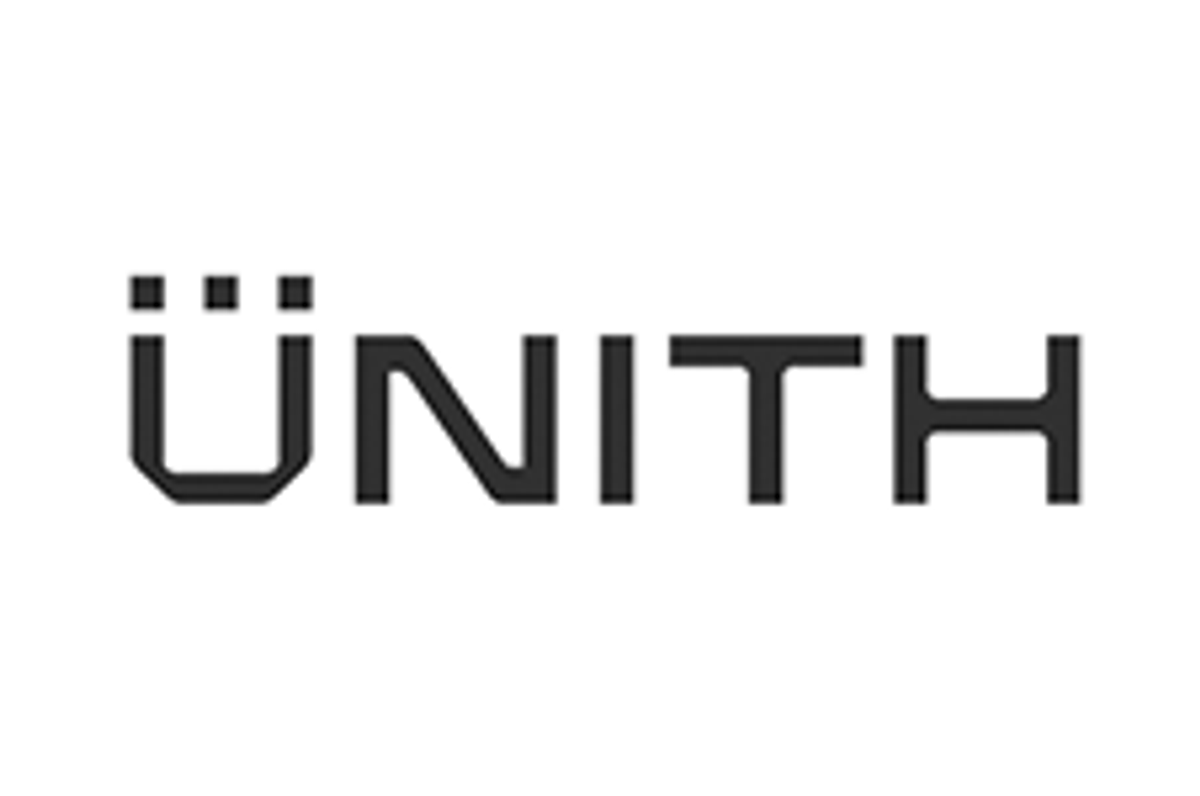
June 15, 2022
Geoscience technology disruptor SensOre Ltd. (ASX: S3N), together with joint-venture partners Torque Metals (ASX: TOR) and Jindalee Resources (ASX: JRL), is pleased to announce imminent commencement of a maiden drill program at Maynards Dam. The project area includes the Marloo project with partner Monger Exploration (a subsidiary of Lefroy Exploration (ASX: LEX)). Drilling will follow recent completion of an initial and extensive heritage survey over the project area.
HIGHLIGHTS
- SensOre is preparing for maiden drilling at Maynards Dam and Marloo prospects in the Goldfields region of WA, which have shown potential to host a major gold system
- SensOre’s AI technology has identified two targets in the north of the Maynards Dam project area and additional targets in the south along strike from recent Torque Metals discoveries
- Marloo is a new tenement at Maynards Dam held with Lefroy Exploration subsidiary Monger Exploration
- SensOre has planned up to 5,500m of air core drilling at Maynards Dam and Marloo based on historical results, gravity geophysics and new surface geochemical samples.
Chief Executive Officer Richard Taylor said:
“SensOre has undertaken extensive work on the Maynards Dam project in the lead up to our maiden drill program including necessary heritage work as a prelude to drilling. Our AI system has identified two special targets in the northern project area and recent surface geochemistry has identified additional targets in the south of the tenement, along strike from recent discoveries by Torque at Strauss and Lady Doris prospects. We are excited by recent and historical results that show the project has potential to host a major gold system. With the recent addition of the Marloo tenement, SensOre has built a significant land package over this prospective domain.”

The Maynards Dam project area is 90km southeast of Kalgoorlie and 25km east of Jindalee Resources’ Widgiemooltha Project and Gold Fields’ (JSE: GFI) St Ives gold complex. Historical drilling records at Maynards Dam indicate intercepts of up to 4m @ 21.21g/t Au from 22m. 1 The Maynards Dam project together with Strauss and Lady Doris prospects as well as Paris mine are inferred to be in a similar stratigraphic sequence to St Ives and similar to the Beta Hunt, Revenge and Intrepide deposits. The targets predicted by SensOre’s DPT® system are interpreted as potentially analogues for both St Ives and Norseman style gold systems consisting of intrusion related and structurally controlled auriferous quartz veins. A splay off the Boulder-Lefroy Fault, a regionally fertile structure in the Eastern Goldfields, passes down the western side of the project area.
SensOre’s air core drilling program at Maynards Dam and Marloo is expected to commence once drilling at Greater Balagundi2 is completed. The proposed 5,000m – 5,500m drilling program follows extensive compilation and review of historical exploration activity, reprocessing gravity geophysics at 100m x 200m spacing released in 2021, and the collection and integration of new surface geochemical samples with extensive multielement assays and proprietary analysis by SensOre.
Project background
The Maynards Dam prospect (E15/1752) is held by Jindalee Resources (ASX: JRL). Torque Metals (ASX: TOR) has the rights to acquire an 80% beneficial interest in the tenement. SensOre can earn a 70% interest in the Maynards Dam tenement (51% by expending $3 million within three years – exclusive of permitting and land access – and 19% by delivering a preliminary feasibility study (PFS)). Torque may buy back 10% by paying $0.5 million to SensOre within 60 days of completion of the PFS.
The Maynard’s Dam area also includes the Marloo tenement, shown in Figure 1. Marloo is a farm-in to E15/1498 with a subsidiary of Lefroy Exploration (ASX: LEX). SensOre has the potential to earn up to a 70% interest by expending $800,000 over four years.
The extended area looks to increase tenure over the Parker Domain and capitalise on the major north-south trend that hosts significant intercepts reported by Torque Metals3 close to the combined project area’s southern boundary.
For further information on the Maynards Dam project refer to the Independent Technical Assessment Report (ITAR) (Appendix A to the SensOre Prospectus released by ASX on 9 February 2022), including the Maynards Dam overview (ITAR section 9.3), historical drilling summaries (ITAR Appendix F) and JORC Table (ITAR Appendix M). Other than as reported in this announcement, SensOre confirms that it is not aware of any new information or data that materially affects the information included in the ITAR in relation to Maynards Dam.
This announcement was approved and authorised for release by the Board of Directors of SensOre.
ENQUIRIES
Richard Taylor
Chief Executive Officer
T +61 3 9492 3843
E richard.taylor@sensore.com.au
Evonne Grosso
Media & Investor Relations
M +61 450 603 182
E evonne@nwrcommunications.com.au
Click here for the full ASX Release
This article includes content from SensOre, licensed for the purpose of publishing on Investing News Australia. This article does not constitute financial product advice. It is your responsibility to perform proper due diligence before acting upon any information provided here. Please refer to our full disclaimer here.
S3N:AU
The Conversation (0)
16h
CORRECTION BY SOURCE: Nextech3D.ai on Krafty Labs Acquisition and $321,917 CEO Investment
Nextech3D.ai Launches AGORACOM Cashless AI Marketing ProgramCorrection: The number of warrants and common shares underlying the convertible notes was incorrectly reported as 2,299,412 common shares at a warrant exercise price/conversion price of $0.14/share. The corrected warrant exercise... Keep Reading...
06 January
Why 3D Visualisation is a Game Changer for Resource Asset Management
Forget spreadsheets and static blueprints. The future of resource asset management is unfolding in three dimensions, and smart money is starting to take notice. 3D visualisation is no longer a niche tool; it's rapidly becoming the indispensable core of how resource companies — such as mining,... Keep Reading...
06 January
Seegnal's operating subsidiary Seegnal E-Health Ltd. hires AI VP to Strengthen AI Capabilities and Accelerates Development of Seegnal Guard
Seegnal Inc. (TSXV: SEGN), a global leader in clinical decision support solutions applying patient-centric medication safety standards, today announced a major enhancement of its artificial intelligence capabilities with the appointment of Yura Zharkovsky as Vice President of Artificial... Keep Reading...
05 January
Nextech3D.ai Closes Krafty Labs Acquisition Expanding into a Comprehensive End-to-End AI-Powered Live Events and Experiential Engagement Platform
The Krafty Labs acquisition brings with it a diversified list of blue-chip enterprise customers TORONTO, ON AND NEW YORK, NY / ACCESS Newswire / January 5, 2026 / Nextech3D.ai (CSE:NTAR,OTC:NEXCF)(OTCQB:NEXCF)(FSE:1SS), an AI-first technology company specializing in AI-powered live event... Keep Reading...
28 December 2025
Unith Strengthens Funding Position
Unith (UNT:AU) has announced Unith Strengthens Funding PositionDownload the PDF here. Keep Reading...
24 December 2025
CORRECTION: Nextech3D.ai Provides Shareholder Update on Krafty Labs Acquisition and Announces $321,917 CEO Investment
Correction: The conversion price was incorrectly reported as .14/share. The correct price is .165/shareCorrection: Nextech3D.ai Provides Shareholder Update on Krafty Labs Acquisition and Announces $321,917 CEO InvestmentCorrection: The conversion price was incorrectly reported as .14/share. The... Keep Reading...
Latest News
Interactive Chart
Latest Press Releases
Related News
TOP STOCKS
American Battery4.030.24
Aion Therapeutic0.10-0.01
Cybin Corp2.140.00



